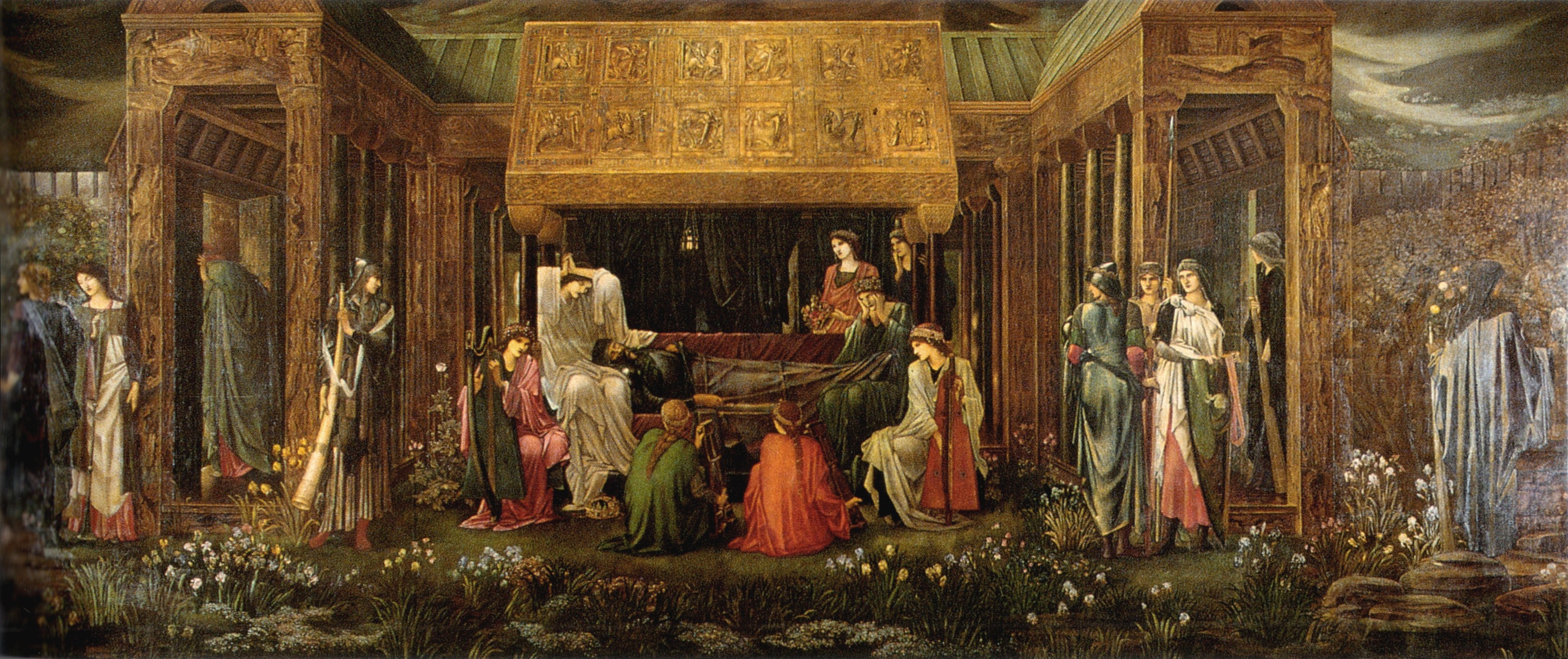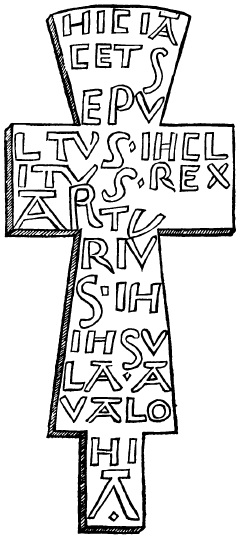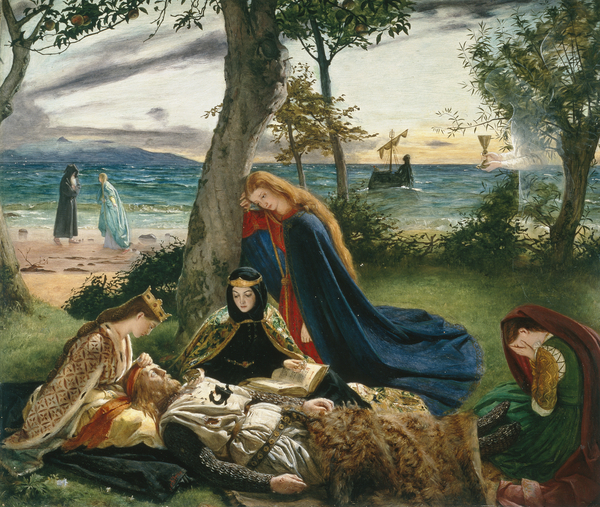Avalon (Legendary place)
Enlarge text Shrink text- Bradley, M. Lady of Avalon, 1997:p. 2 of jkt. (set in the sacred isle of Avalon; the third novel in Marion Zimmer Bradley's historical fantasy saga based in Avalon, following The forest house and The mists of Avalon)
- Manguel, A. Dict. of imaginary places, 1980(Avalon, a beautiful lake and rock island; King Arthur was led here by the enchanter Merlin)
Avalon () is an island featured in the Arthurian legend. It first appeared in Geoffrey of Monmouth's 1136 Historia Regum Britanniae as a place of magic where King Arthur's sword Excalibur was made and later where Arthur was taken to recover from being gravely wounded at the Battle of Camlann. Since then, the island has become a symbol of Arthurian mythology, similar to Arthur's castle of Camelot. Avalon was associated from an early date with mystical practices and magical figures such as King Arthur's sorceress sister Morgan, cast as the island's ruler by Geoffrey and many later authors. Certain Briton traditions have maintained that Arthur is an eternal king who had never truly died but would return as the "once and future" king. The particular motif of his rest in Morgan's care in Avalon has become especially popular. It can be found in various versions in many French and other medieval Arthurian and other works written in the wake of Geoffrey, some of them also linking Avalon with the legend of the Holy Grail. Avalon has often been identified as the former island of Glastonbury Tor. An early and long-standing belief involves the purported discovery of Arthur's remains and their later grand reburial, in accordance with the medieval English tradition in which Arthur did not survive the fatal injuries he suffered in his final battle. Besides Glastonbury, several other alternative locations of Avalon have also been claimed or proposed. Many medieval sources also localized the place in Sicily, and European folklore connected it with the phenomenon of Fata Morgana.
Read more on Wikipedia >
 Topic
Topic








